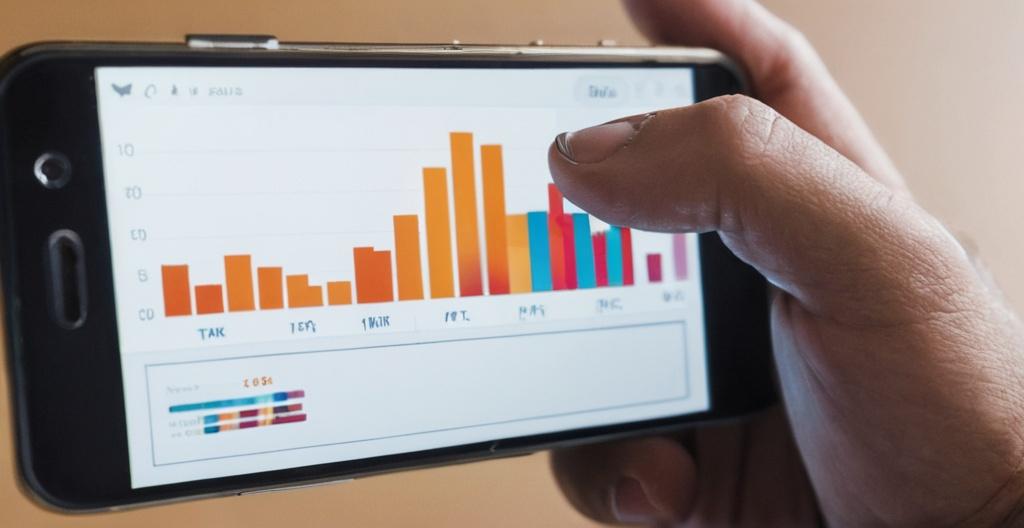Key Take Aways About Trade confirmation and clearing
- Trade confirmation verifies the execution of trades, including details like date, price, quantity, and fees.
- It provides transparency and acts as a proof of transaction.
- Trade clearing involves validation, netting, and settlement to finalize trades.
- Clearinghouses ensure accuracy and assume risk, akin to referees in financial markets.
- Confirmation and clearing work together to ensure reliable and verifiable trading processes.
- Both are integral to the seamless functioning of trading environments.

The Gist of Trade Confirmation
Trade confirmation; ever heard of it? You probably have if you’ve dipped your toes in trading waters. It’s the “Hey, you really bought those shares” message you get after you hit that enticing ‘buy’ button. Basically, it’s the acknowledgment from the brokerage that your order went through. This piece of digital paper holds the nitty-gritty details of your trade—stuff like the price, quantity, and timestamp, just in case you need a receipt when bragging about your stock market prowess at parties.
The Components of a Trade Confirmation
Why all the fuss over trade confirmations, you ask? Well, it’s all about the transparency, baby. When you jump into a trade, it’s like entering a brief, yet intimate contract with your broker. Here are the main things you’ll find:
- Trade Date: The day you decided to be a proud owner of that shiny new asset or vice versa.
- Settlement Date: The day you actually get the keys—or rather, the asset—or have to cough up the cash.
- Price Per Unit: The amount you agreed to pay or receive per unit of the security.
- Quantity: How many shares or contracts you’ve just committed to or let go.
- Trade Type: Were you buying or selling? This keeps things clear.
- Commission Fees: What you owe the broker for handling your whims.
Why Do Trade Confirmations Matter?
Trade confirmations aren’t just there to clutter your inbox. They serve a profound purpose. These confirmations ensure that traders aren’t flying blind and can verify that trades were executed as intended. They help keep the financial industry honest, acting as a record to fall back on during discrepancies or disputes. Think of them as the snapshot proof that your trade occurred. No confirmation? No proof of trade.
The Enigma of Trade Clearing
If confirmations are the ticket to the ride, clearing is the conductor who makes sure everyone’s got a seat. Trade clearing happens in the backstage of the trading world, where transactions morph from mere promises into hard facts. The process involves three main stages: trade validation, netting, and settlement. Now, don’t run away; it’s simpler than it sounds!
The Core Stages of Trade Clearing
Trade validation, netting, and settlement—these are the three pillars holding up the clearing house:
- Trade Validation: The clearinghouse checks to ensure that all transaction details add up and the folks trading are good to go with their commitments. It’s like a librarian ensuring that all the books are in their right spots.
- Netting: A bit of trading magic. Instead of you and I settling 50 separate trades, netting bundles them into one tidy transaction. More efficient and less hassle for everyone involved.
- Settlement: This stage ensures that the buyer gets their assets and the seller gets their money. All parties shake hands, virtually, and walk away satisfied.
The Role of Clearinghouses
Clearinghouses; these folks wear many hats. They’re the middlemen ensuring that both parties in a trade come out happy—or at least their bank accounts do. By matching trades and assuming the counterparty risk, they add a layer of safety that keeps the financial markets ticking smoothly. They’re kind of like the referees of a financial sport, ensuring everyone plays fair.
The Interplay Between Confirmation and Clearing
You might think of trade confirmation and clearing as two separate entities, but they’re more like partners in a highly structured dance. Each plays its part in the rhythm of transactions, ensuring the steps are executed correctly and on beat. The confirmation acts as the sign-off, the official stamp of intent, while clearing ensures all the necessary moves are performed to turn intent into tangible reality.
Conclusion—The Importance of Both
In the grand tapestry of trading, confirmations and clearing hold their chorus line strong. Each contributes to the reliability and efficacy traders expect when they enter markets. As technology evolves, these processes are getting faster and more user-friendly. Yet, their core functions remain unchanged: making sure trades are reliable, verifiable, and most importantly, completed smoothly. So, the next time you hit that trade button, think of these unsung heroes ensuring your financial whims become market realities.
Child Pages
- Clearing and Settlement in Equity Markets
- Clearing Mechanisms in Derivatives Trading
- Failures in Clearing: Causes and Consequences
- How Blockchain Is Changing Trade Clearing
- How Trade Clearing Reduces Counterparty Risk
- Key Components of a Trade Confirmation Document
- Post-Trade Processing Automation: Trends and Tools
- Real-Time Trade Confirmation: Benefits and Challenges
- Regulatory Requirements for Trade Confirmation
- The Role of Central Counterparties (CCPs)
- The Role of Clearinghouses in Modern Trading
- The Trade Lifecycle: From Execution to Settlement
- Trade Confirmation vs. Trade Settlement: What’s the Difference?
- Trade Reconciliation and Matching Explained